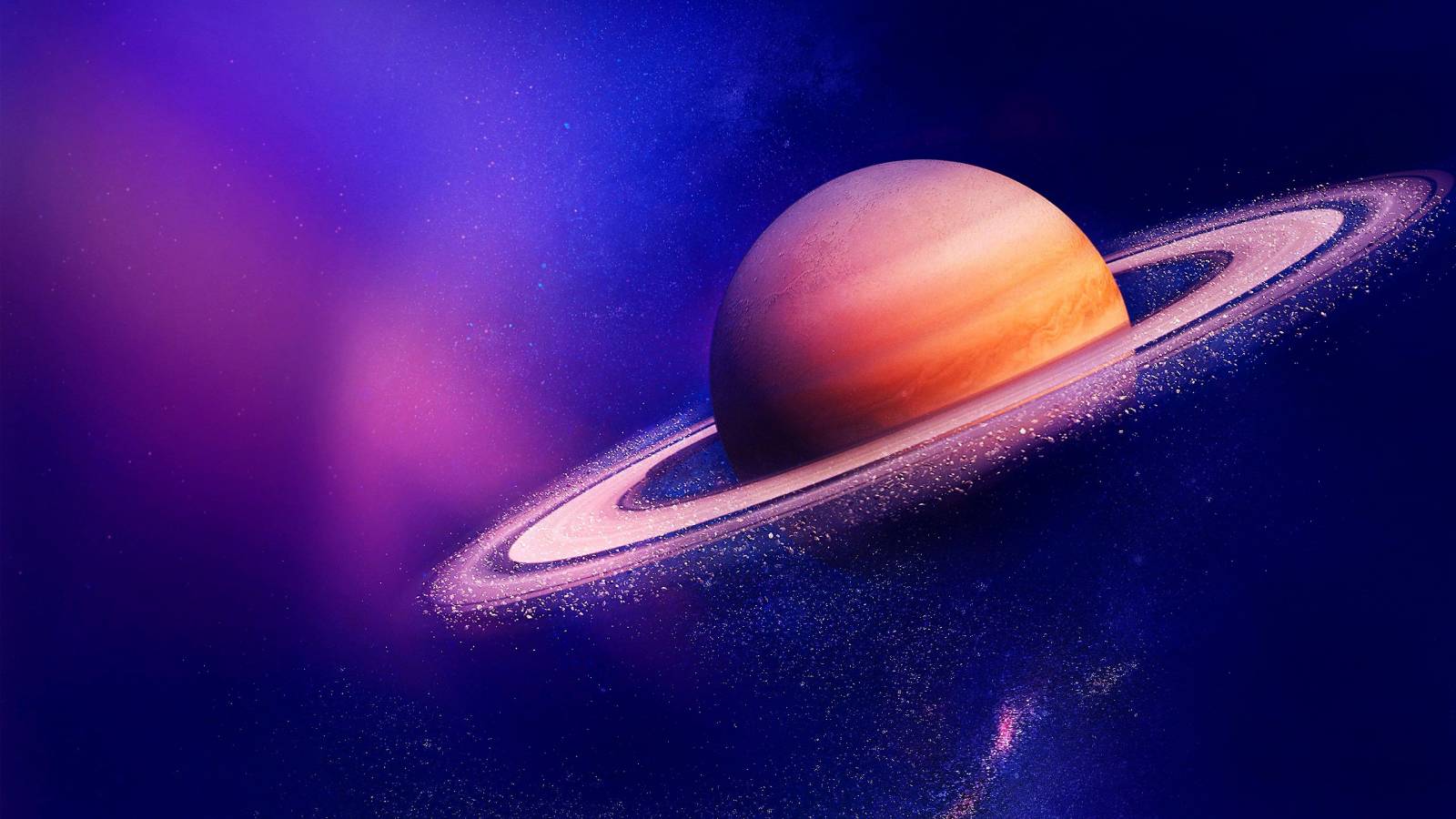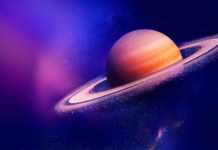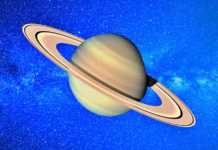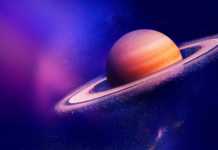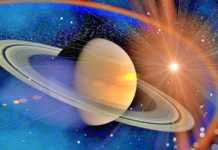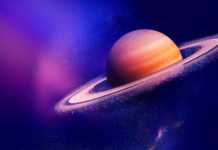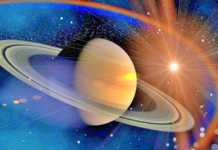The planet Saturn is at the center of a premiere generated by an astonishing discovery that amazed scientists, and this is because they managed to unravel an important mystery for the first time. More precisely, thanks to the observations that scientists have made in relation to the rings that the planet Saturn has, they have managed to better understand the composition of the core that the planet has, something that they did not think they would be able to find out too soon .
The planet Saturn has this discovery made on the basis of the data sent to Earth by the Cassini space probe, which for almost 14 years flew over the cosmic body before being destroyed in the attempt to enter the atmosphere. Although scientists have believed until now that the core that the planet Saturn has is solid, in reality it seems that it has only a small part made up of rocks, and the rest is composed of liquid metals and ice, a very combination unusual.
Planet Saturn: AMAZING Discovery with Humanity's First
The planet Saturn has been monitored for over 1 decade by NASA, and the current discovery comes after a careful analysis of the rings that surround the planet, but also of the way in which they were influenced by its magnetic field. The nucleus that the planet Saturn has is huge, its mass being 55 times greater than the entire Earth, while the portions of ice and rock have a mass 17 times greater than that of our planet, the rest hydrogen and helium in liquid form.
"Saturn always trembles, but it is subtle. The planet's surface moves about a meter every one to two hours like a slowly receding lake. Like a seismograph, the rings pick up gravitational disturbances, and the ring particles begin to move. It is the first time we have been able to seismically probe the structure of a gas giant planet, and the results were quite surprising. Fuzzy cores are like sludge. The planet's gaseous hydrogen and helium gradually mixes with more and more ice and rock as you move toward the center of the planet. It's a bit like the parts of Earth's oceans where the salinity increases as you get to deeper and deeper levels, creating a stable configuration."
The planet Saturn has 60% of its diameter represented only by the core, and it constantly transmits shock waves to the surface, moving in waves up to 1 meter high, just like the waves of the sea. All these discoveries made by the planet Saturn completely change the way in which the formation of planets of this kind was viewed until now, scientists believing that they have cores formed mainly of rocks.
The planet Saturn is much more surprising than scientists thought until now, which comes to show us again that there are still many unknowns in the universe.


